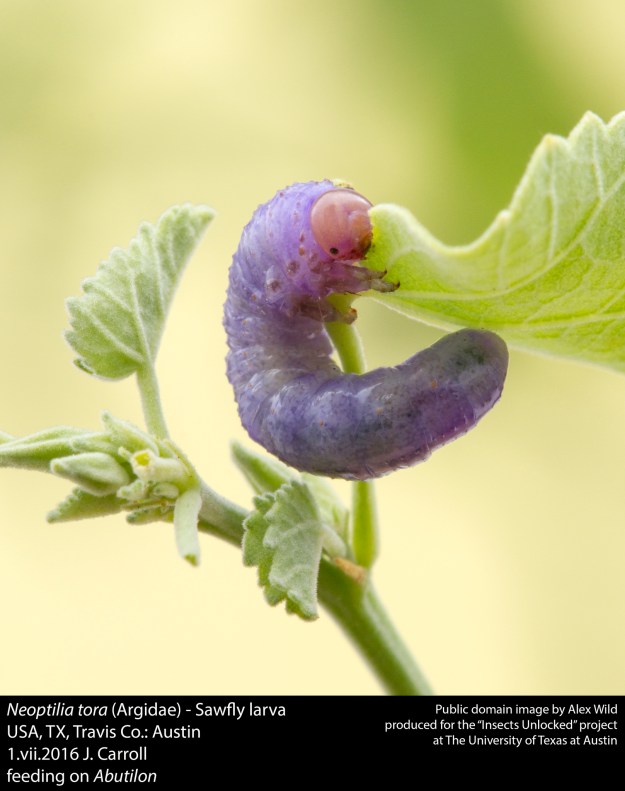It’s National Pollinator Week from June 18-24, 2018. Let’s celebrate with some science-themed activities.

What is Pollination?
Pollination is an essential process for plants to create healthy fruit and seeds. Scientifically, pollination is the movement of pollen (the colorful powdery dust) from anther of a flower to the stigma of the same or another flower.
 (“Mature flower diagram” by Mariana Ruiz LadyofHats. Public Domain image at Wikimedia Commons.)
(“Mature flower diagram” by Mariana Ruiz LadyofHats. Public Domain image at Wikimedia Commons.)
From the diagram it seems simple and straightforward, but pollination takes many different forms depending on the plant. Some types, for example grasses, produce light pollen grains that may be carried by the wind or water from plant to plant. Other plants, for example squash and cucumbers, require insects, birds, or bats to carry the pollen.
Without this pollination assistance, fruit and/or seeds would not be formed. In fact, about a third of the food we eat is the direct result of pollination by insects.
Why Bees?
Bees are important pollinators. More than 100 agricultural crops in the United States are pollinated by bees. Examples of bee-pollinated crops include watermelons, cantaloupe, citrus, and apples. (See a more complete list of plants pollinated by insects).
While a worker bee is in a flower gathering nectar, pollen from the anther often sticks to her hairy body. Because the bee generally visits a number of the same type of flower in a patch, she will rub some of the pollen off onto the stigma of another flower and complete pollination. Some flowers such as orchids have elaborate mechanisms to make sure bees are dusted with pollen when they visit.
Part of the reason honey bees are so important as pollinators is that they actively seek out flowers with pollen, unlike pollinators such as bats and hummingbirds that are primarily interested in nectar. Pollen stored in the hive is used as a source of protein in feeding the developing larvae.
Activity: Keep a Pollinator Diary
Have you seen any pollinators today?
 The first step towards understanding pollinators is being able to recognize them. Obtain or make a small notebook for each child. For the next seven days, have them write down or draw pictures of any pollinators they see each day. If they have trouble finding pollinators nearby, consider visiting a zoo, park, or community garden where pollinators might be active.
The first step towards understanding pollinators is being able to recognize them. Obtain or make a small notebook for each child. For the next seven days, have them write down or draw pictures of any pollinators they see each day. If they have trouble finding pollinators nearby, consider visiting a zoo, park, or community garden where pollinators might be active.
Note any details, like:
- What kind of flower is it visiting?
- Does the pollinator have pollen on its body?
- If so, what color is the pollen?
- What time of day it is
- What the weather is like
 This honey bee is visiting a rosemary flower and it is covered with white pollen.
This honey bee is visiting a rosemary flower and it is covered with white pollen.
 This hummingbird is visiting aloe flowers.
This hummingbird is visiting aloe flowers.
They may use the information they gather to:
- Learn to identify common pollinators
- Further understand behaviors and habitats of pollinators
- Research what plants are visited by pollinators in your area
- Design and plant a pollinator garden (see links below for more information)
Extensions: Take photographs and record the information in an online diary format.
To get excited about pollinators, check out this video:
The Beauty of Pollination – Wings of Life
Related Activity Suggestions:
Looking for more information? Try our growing list of children’s books about pollinationat Science Books for Kids.

 Sawfly larva (love that color)
Sawfly larva (love that color) Xylocopa virginica – carpenter bee
Xylocopa virginica – carpenter bee That wasn’t too bad. I only had to resort to scientific names once.
That wasn’t too bad. I only had to resort to scientific names once.




























